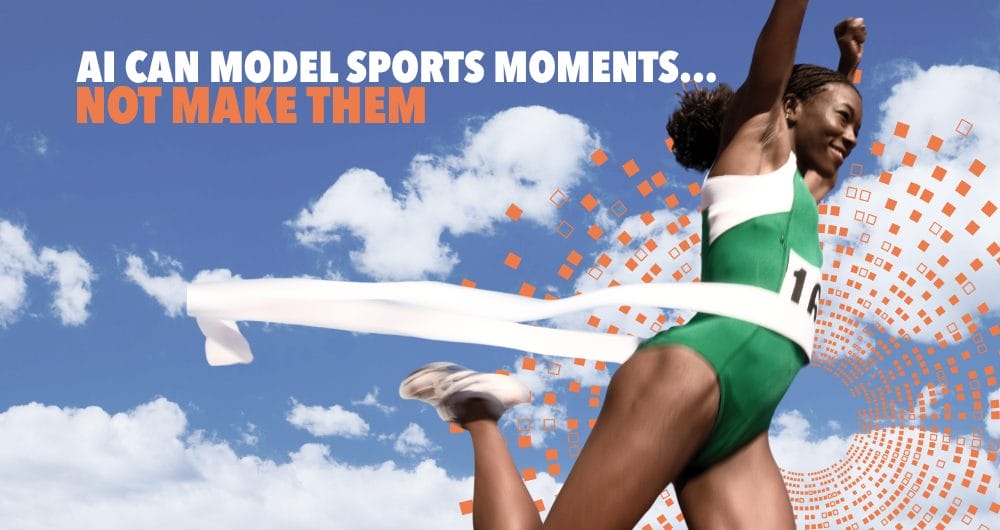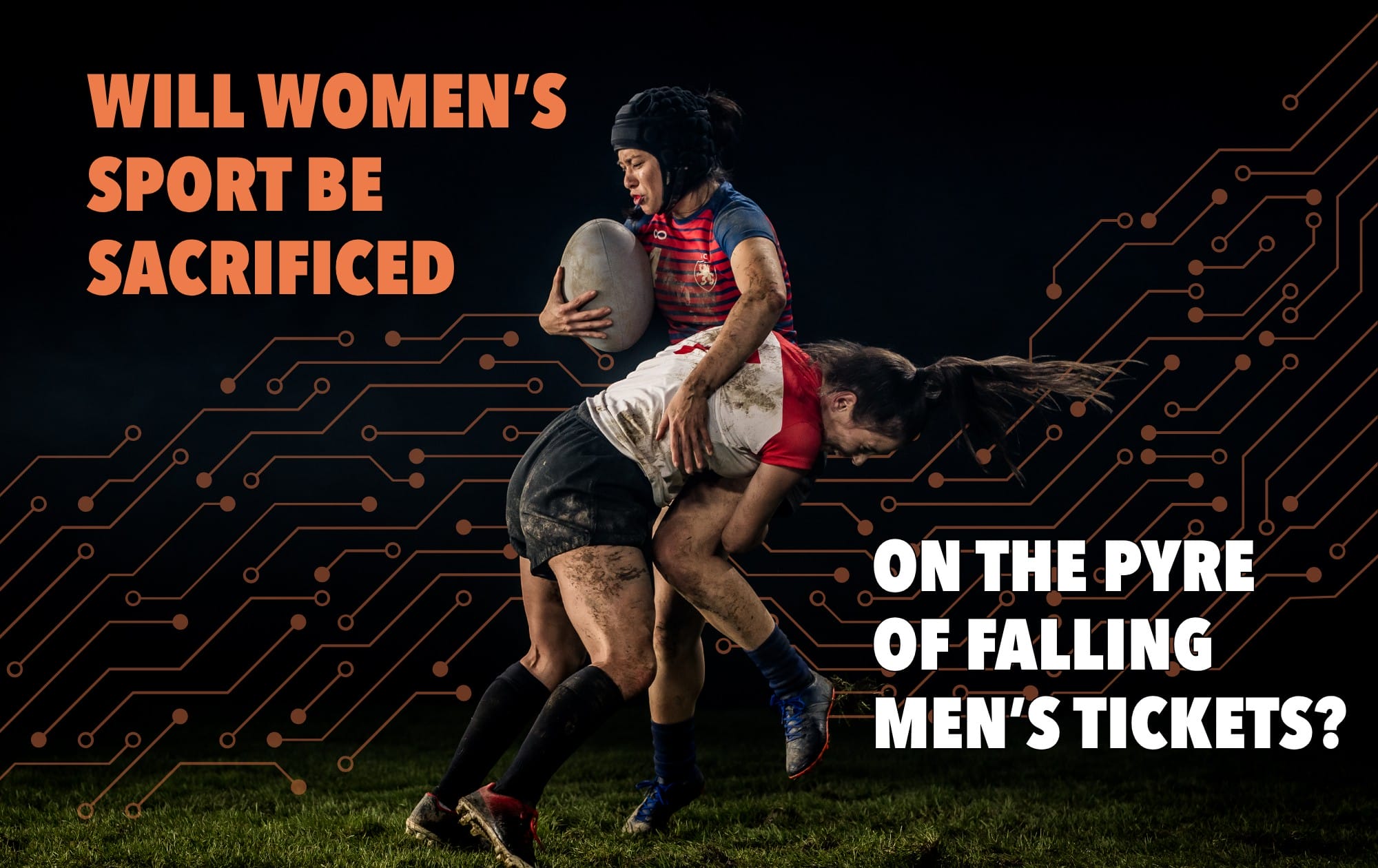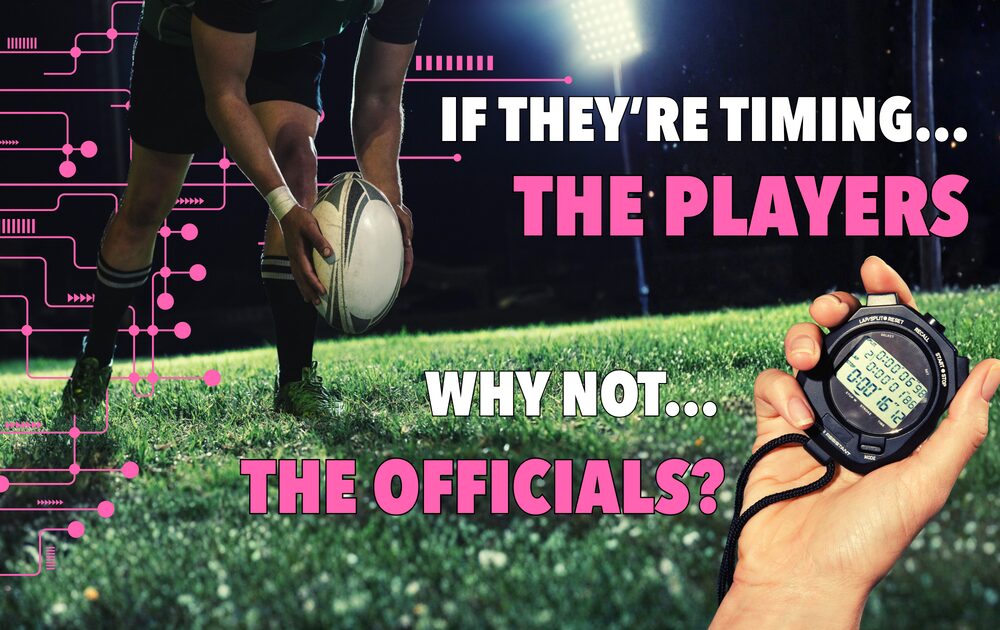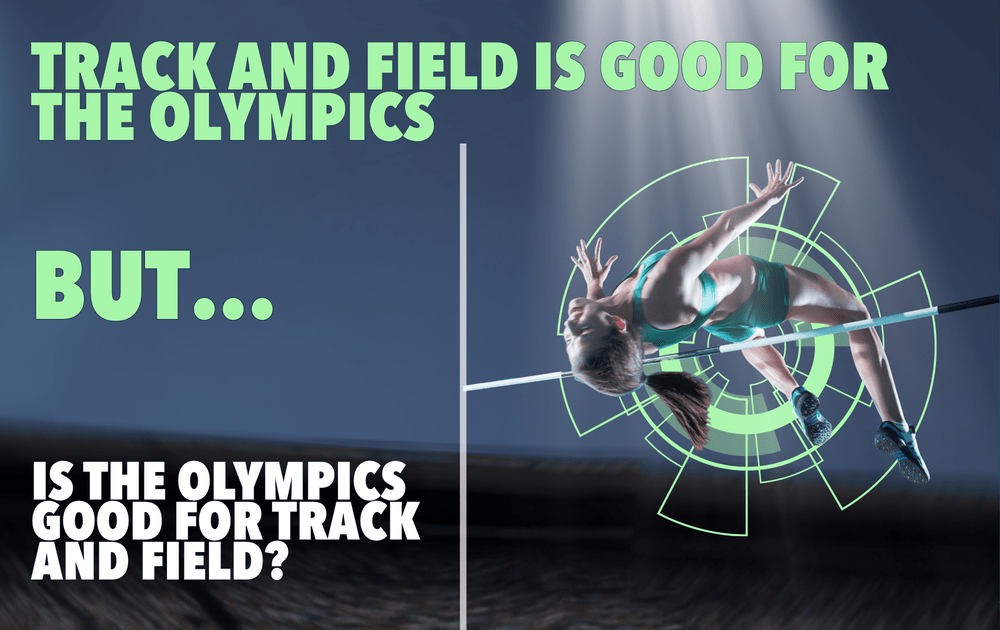Like an unsupervised artistic genie, AI can conjure almost anything a lazy creative might request: a snuff film script, a punk love song, even a murder mystery in the style of Dua Lipa. It is exactly the kind of mischief that sparks writers strikes and keeps musician lobby groups busy. We are also in an era where cultural icons must correct nonsense generated by people with too much time and too much technology. Who could have imagined Paul McCartney needing to confirm he did not, in fact, visit Phil Collins’ hospital bed with a guitar over his shoulder.
Yet amid all this manufactured noise, sport feels oddly insulated. It is now the last mass market source of unrepeatable, ungenerated, unedited human drama — and that gives it a rare commercial edge. Sport has always traded in emotional extremes and, however wealthy it becomes, its true currency is passion. Music is the closest comparison, but AI has already seeped into that world. ABBA Voyage is both wonderful and impressive, but it prompts an obvious question: what happens when technology starts shaping the moments we treat as authentic.
This matters culturally and commercially. Sport is marching toward a $600bn valuation, driven by a generation that prizes authenticity above almost anything else. They want something unfiltered and uninvented, and sport obliges every week. That accessibility, at scale, is something no other cultural arena can offer. Brands, broadcasters and rights holders understand this instinctively: they are not buying reach alone; they are buying the one thing AI cannot convincingly fake.
The long-term question is whether AI remains a modeller of big moments or becomes a creator of them. If synthetic sport – generated contests, avatar leagues, algorithmic outcomes – ever feels as compelling as the real thing, authenticity stops being a resource only sport controls.
The opportunity is clear: double down on the qualities that make sport irreplaceable while experimenting with the technologies that challenge it. The risk is assuming immunity in a world that is changing fast. Sport’s authenticity is its greatest advantage. That advantage is only secure if the industry treats it as something to be protected, not presumed.










